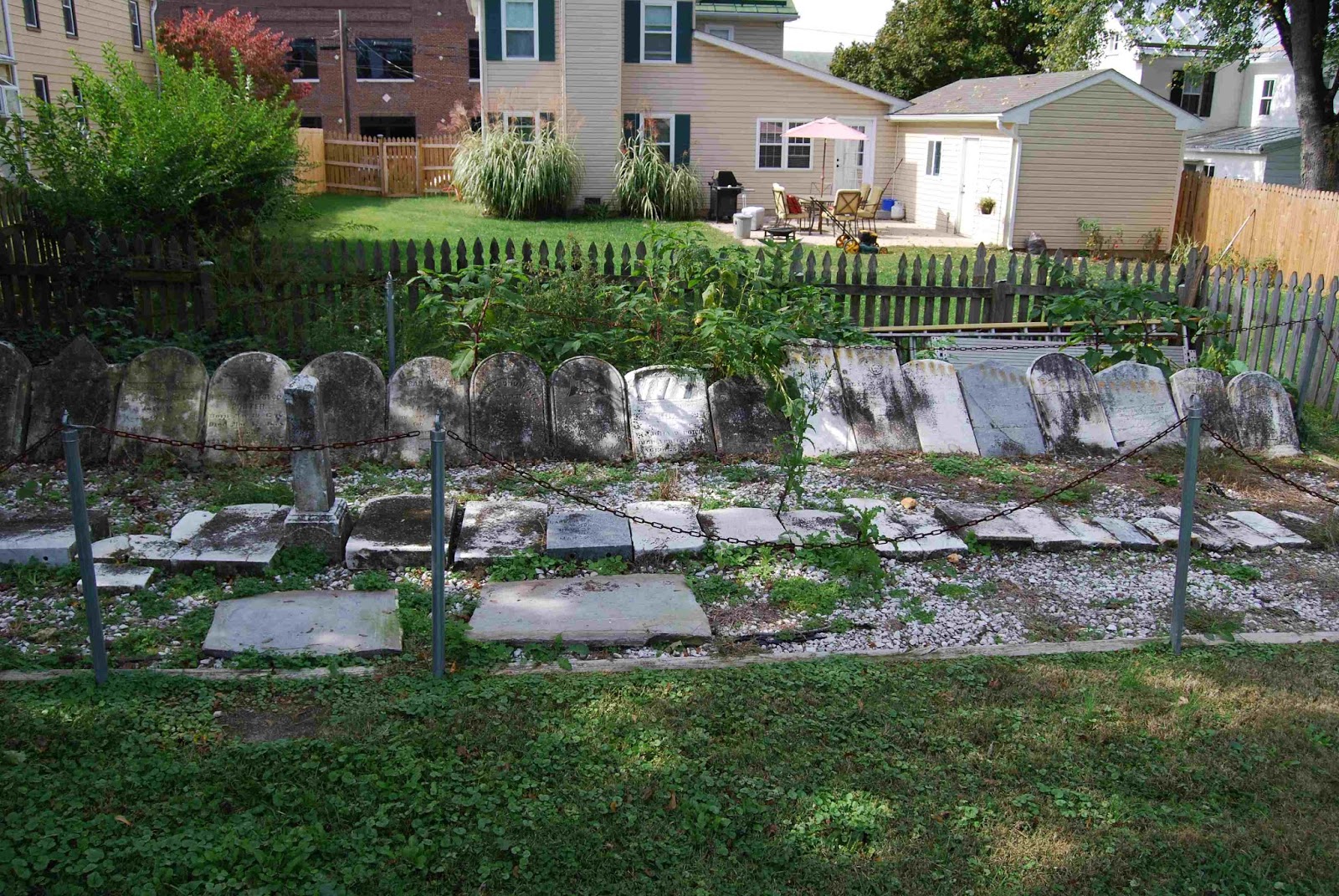In my last post I talked about getting past my first brick wall, which for a budding genealogist was probably the best brick wall for me to start with. The information I needed was there and while it took some time it helped me understand the resources available to me.
In this post I will show you all the possible pitfalls of trusting one source for information. Anna's date of birth has been given as different dates and years in various documents. This is why one should note all known differences and cite your sources for all the information you collect, one so you know where you've obtained it, and two how credible that source is.
After finding Anna's death certificate I tried locating her grave. This proved to be somewhat difficult as
Western Cemetery would not give out information on the phone, nor did they answer my letters I had sent, which included a SASE. So, off to Baltimore I went, taking with me a distant cousin that was interested in Anna's history as well. Western Cemetery is quite big, Find a Grave lists almost 9000 interments. Luckily, my cousin's husband was along and he found the
grave quickly. What was written on the stone was quite surprising though.
Anna's DOB is listed as April 9, 1909, not only the wrong day, but also the wrong year. I know this DOB can't be true as her first daughter, my great aunt, was born it 1922, which would make Anna 13 at the time. This would be one of my first major lessons in sources, they can be really wrong.
About a year later I was able to find and contact one of my great half uncles, one of Anna's children from her second marriage. He had some paperwork that shed some light on what had most likely happened with the tombstone.
This is the receipt for her tombstone, while not a great scan, one can make out where it mos likely says April 4, 1904, but the way the 4s are written make it look more like a 9. Plus the fact that the tombstone has been redone/edited twice shows how easy it is for errors to perpetuate.
The other way I got an approximate DOB was through the census records. After finding her maiden name I was able to find her in the 1910 and 1920 censuses living with her parents.
The top image is from the 1910 census, enumerated in late April, the bottom image is from the 1920 census and enumerated in early March. Assuming that the person who gave the information was correct, that puts Anna's birthday in March or April of 1904.
In 1930 we can find Anna living by herself in Baltimore.
This census was enumerated on the 5th of April, but notice how she's listed as being 25, which if correct that puts her birthday after the 5th of April. There is the possibility that she didn't really think about how old she was, or the enumerator put the wrong date down. There are two more important clues in this census, she still lists herself as being married, and her age at first marriage is 16. This will help later when looking for her marriage license.
In the 1940 census, the most current one and the last she will be counted in, we find her living with her second husband and children. The 'X' by her name says she supplied the information. Notice now how she's lost a couple of years of her age by stating she's only 34. Since the census was enumerated in late April she would have been 36, one has to wonder if she did so to not look too much older then her husband.
Without a known birth certificate, while Maryland did require them in the late 1890s not everyone applied for them, we're left with only a couple of more records to find her DOB. The first would be some sort of baptismal record and another would be her marriage record. I have not been able to determine which, if any, church Anna's family attended so I have no records of her birth.
This is Anna and Earl's marriage license, from July 1920, her listed age, 18. This puts her at being born in 1902, though no other records bear this out.
With as much of the normal information I have gathered there is a wide range of dates for Anna, ranging from 1902-1909. The dates of 1902 and 1909 are wrong, if she was the one giving the information to obtain her marriage license she probably couldn't say she was 16 without parental consent, while the 1909 is wrong due to bad penmanship. With the exception of one census record, all dates point to her year of birth as 1904 and birth month as April. The best date that I have come across is April 4, 1904, which is the date I've gone with in my database.











































